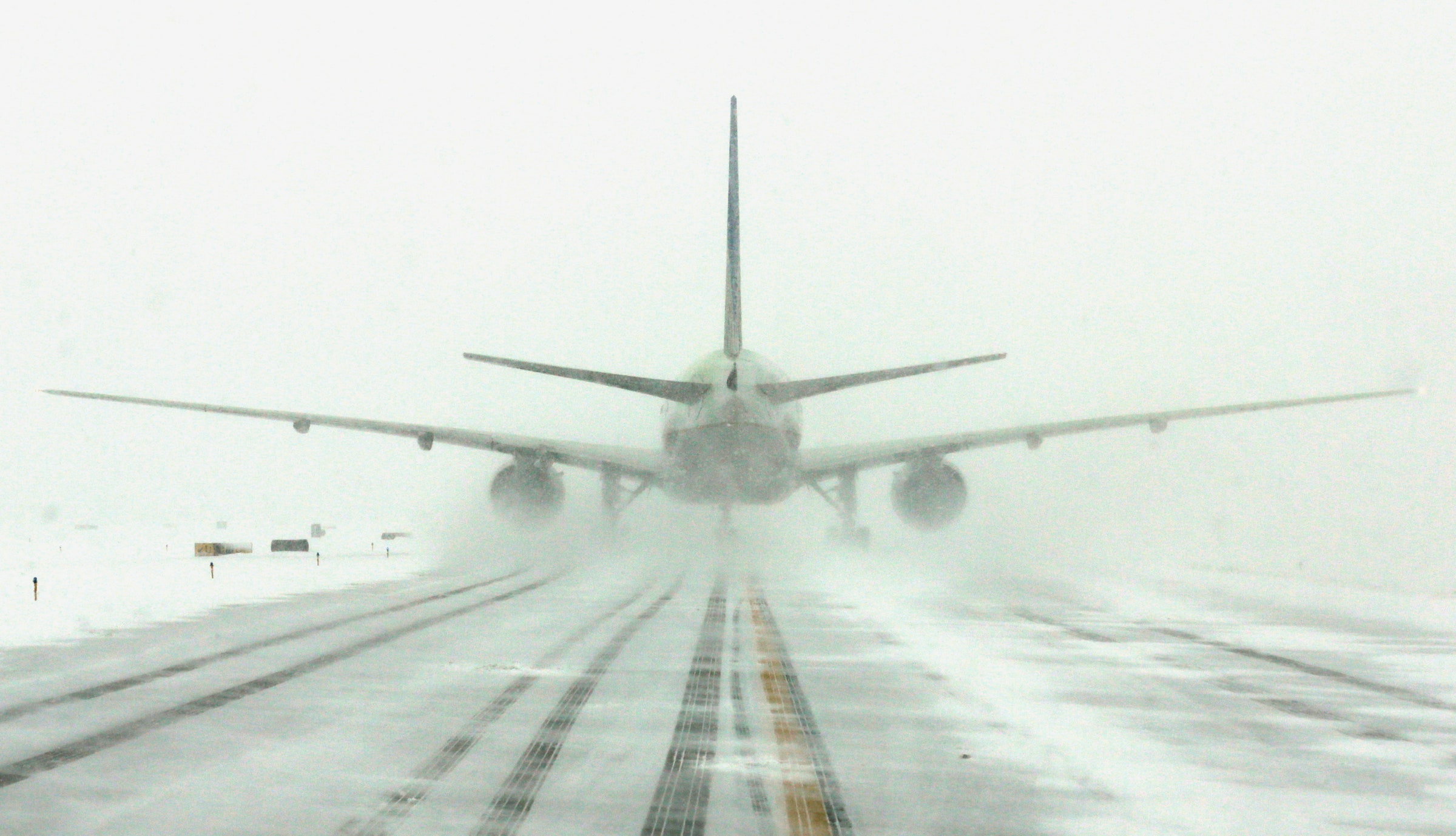
Canada will be the first to adopt a standardized set of pilot reporting terms to describe the braking action on contaminated runways. According to Macleans, Transport Canada will be sending guidance to operators that will ask them to have pilots report the conditions they experience in four ways. “Good” means full effectiveness of the brakes, “medium” means the brakes were less effective and “poor” means there is little directional control possible. “Nil” means there is no mechanical braking or directional control possible. The terms are based on engineering standards and aimed at giving pilots more accurate information on runway conditions and how to handle them.
For the terms to be valuable, pilots must be taught how to separate the ability of the wheel brakes to slow the aircraft and keep it on the centreline from aerodynamic factors like the wind and thrust reversers. Transport Canada says training may be required to show pilots how to do that with the goal of ensuring “reasonable and accurate reporting can be expected from flight crews.” The next phase of the program will be to harness the array of sensors on modern aircraft to assess the conditions and automatically report the braking potential of runways. That data would be sent to the next aircraft on final to give the crew a heads up on what to expect.
